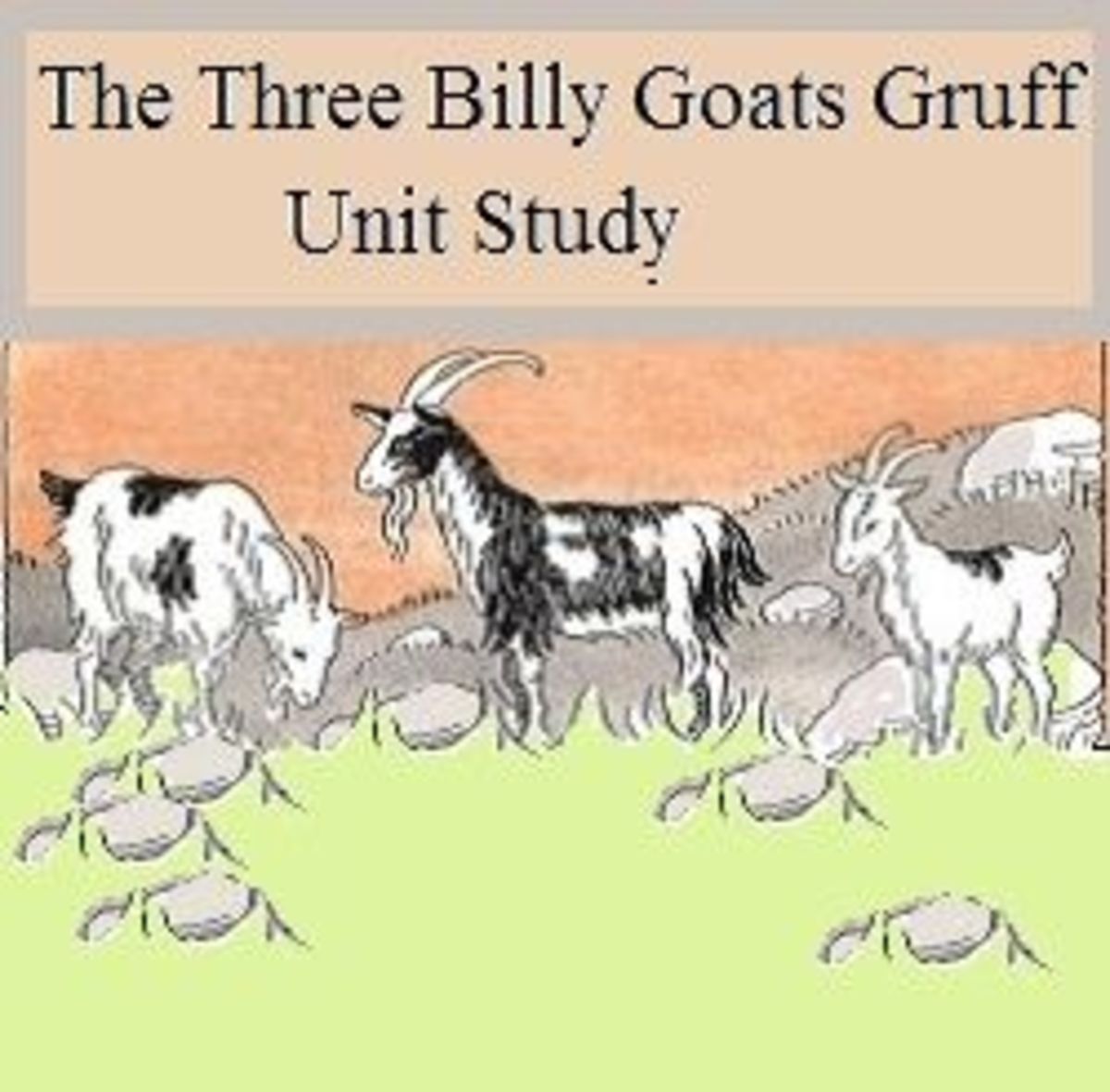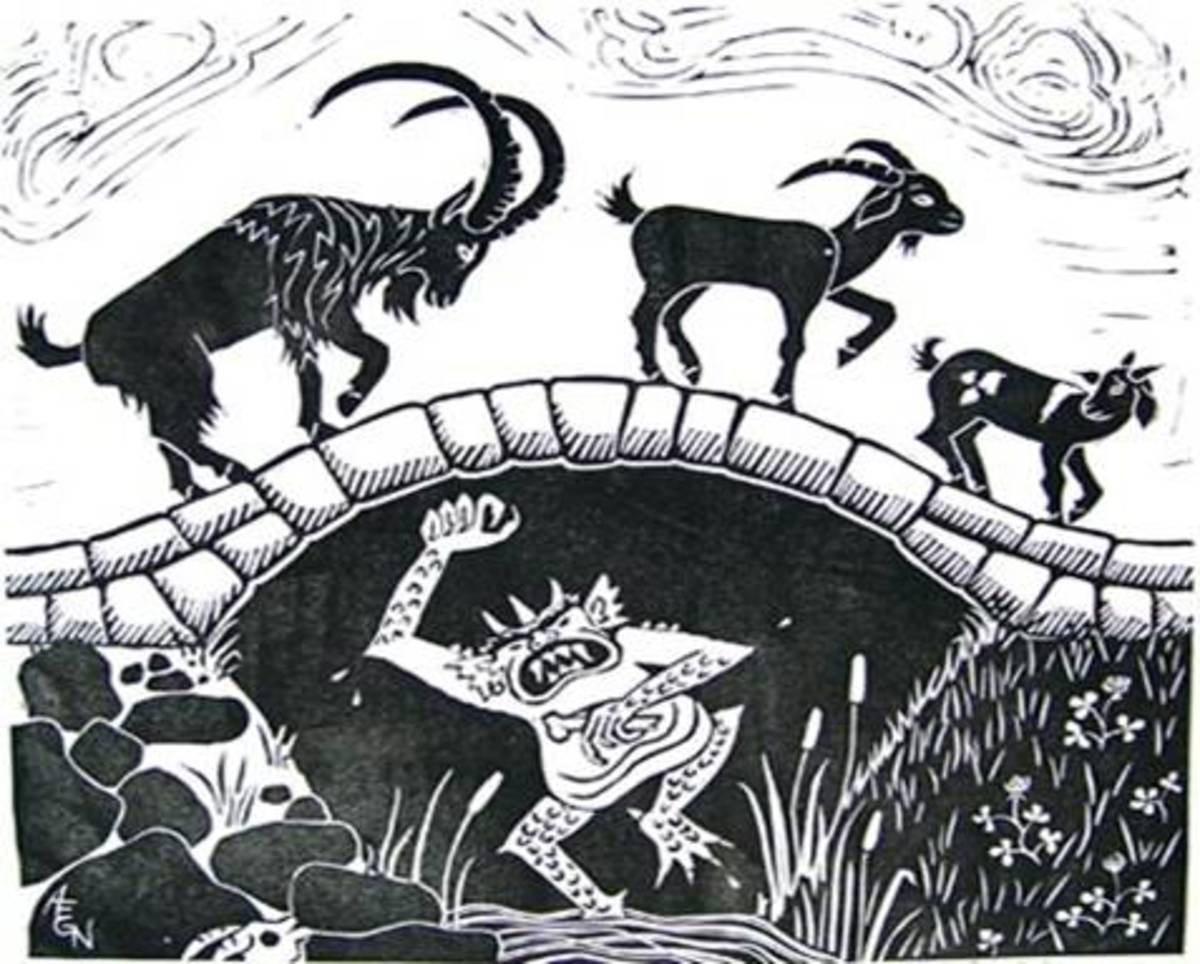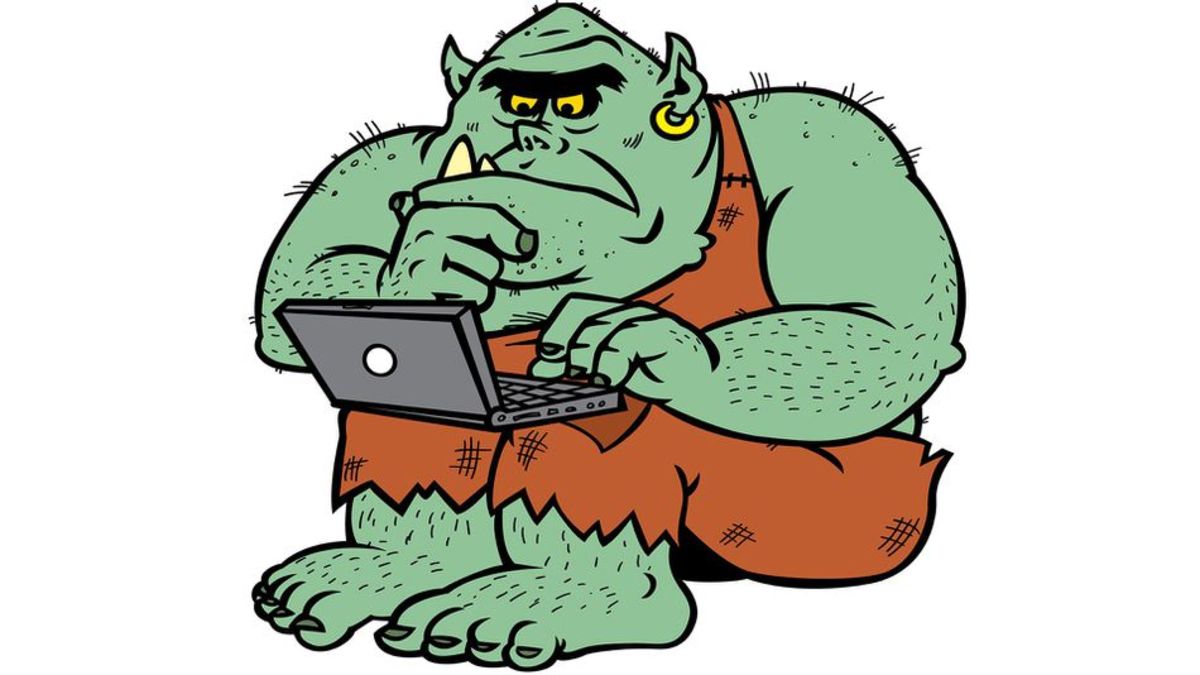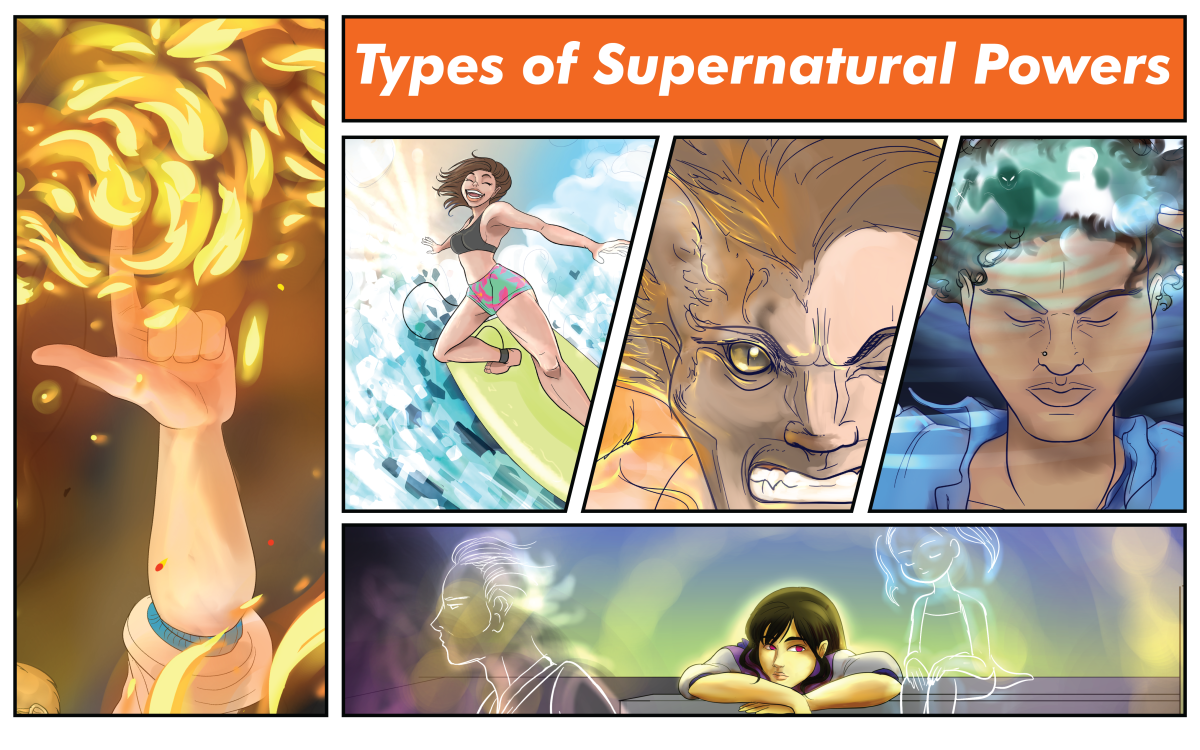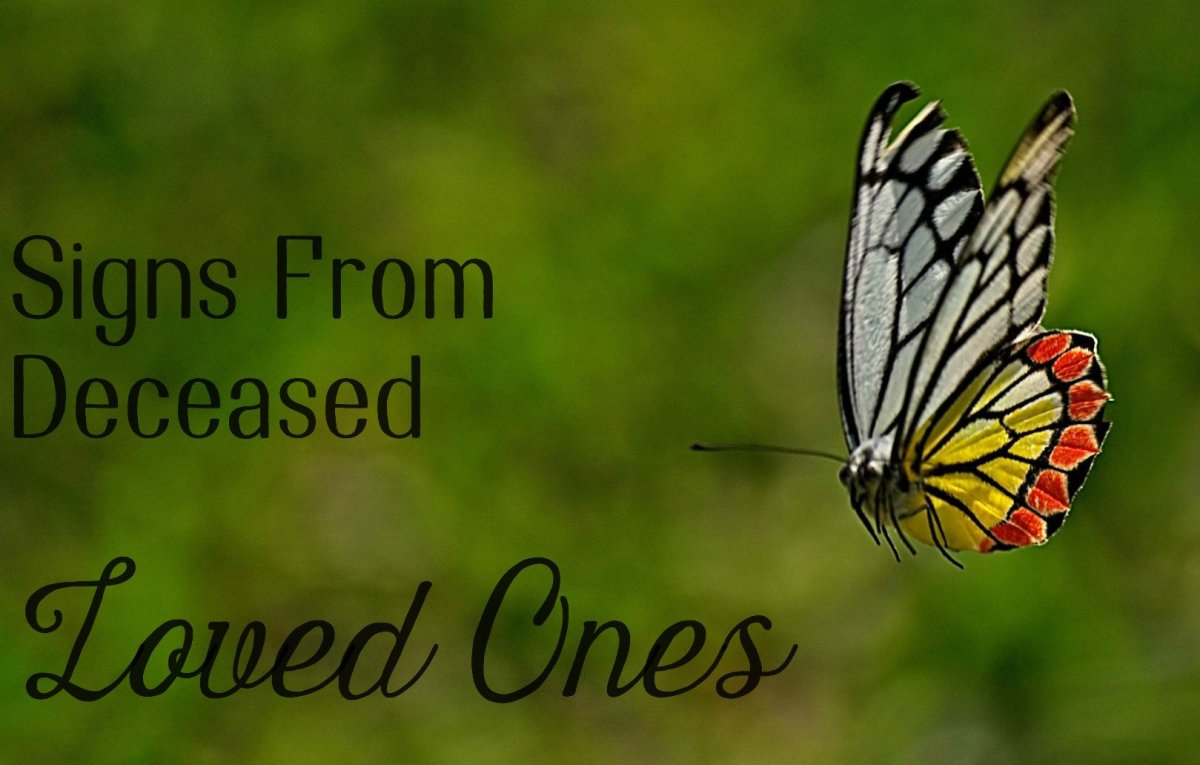Imaginary Animals: Trolls & the Mythology of Crossing over
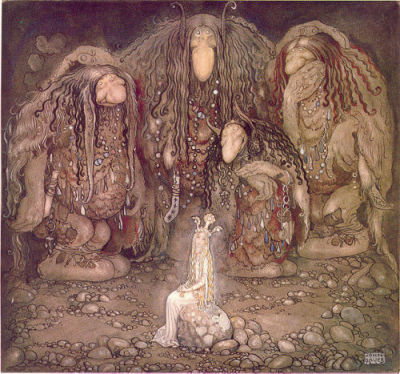
In pre-Christian Scandinavian Mythology trolls were not the cutesy smiling dolls with funny hair that tourists buy today as souvenirs. Trolls were dangerous, malevolent creatures similar to ogres.
Early stories of trolls do not consistently describe them as diminutive. Some trolls were gigantic and monstrous, others man-sized and deformed—as if the darkest, ugliest part of a real human being had somehow mutated and taken on flesh.
Historically, trolls grew steadily shorter in popular folk tales and lore, but their malevolence did not shrink with their stature. If anything, the nastiness of the troll got even nastier as it was distilled into a smaller and smaller container. The stink of the troll was the last thing to leave it.
Some facts about trolls remain relevant even today:
- Trolls could be destroyed by sunlight or turned to stone by light of any kind.
- If you learnt the name of a troll and spoke it aloud you could steal the troll’s power (think of the fairy tale Rumpelstiltskin as one example).
- Lighting bonfires at crossroads was believed to keep trolls away from these intersections.
- Trolls were especially fond of stealing babies and seducing wives.
- In some in Northern mythologies the word trol is a synonym for black magic or sorcery.
- You were most likely to encounter a troll on your way to somewhere else, especially somewhere strange where you were among the first of your kind.
- Trolls especially liked to live under bridges, and would show up to challenge or eat anyone who tried to cross over to the other side.
In the popular fairy tale Three Billy Goats Gruff, three brother goats try to cross a bridge in search of food. The bridge is guarded by a troll who appears to each goat in turn and threatens to eat it.
The first goat pleads with the troll that he is the smallest of the lot and convinces the troll to wait and eat the larger brother following just behind instead. The troll lets him cross. When the next goat comes along, he makes the same argument, selling out the third and last brother to save himself.
Finally, the oldest and largest of the brother goats comes along, and when the troll makes his threat, the goat tells him to bring it on. The troll attacks and the oldest, biggest billy goat brother, who then rips him to shreds with his horns and tosses the troll into the river.
The bridge is now safe for anyone to cross in search of greener pastures.
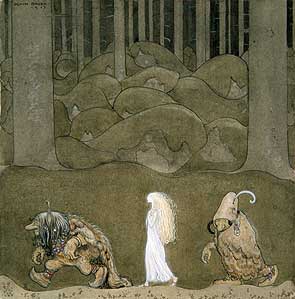
Trolls in the Modern Era
The mythology of the troll fits the newest internet use of the word well.
Like the trolls of old, internet trolls are anonymous (killed by light) and the last thing they want is for anyone to know their real names (if you speak their real name you gain power over them).
Like the trolls of old, internet trolls can be kept away by lighting bonfires at crossroads (requiring a real identity to post in internet forums).
They are especially fond of inappropriate online advances (seducing wives) and of decimating anyone they perceive to be an innocent (stealing babies).
The mythology of the troll teaches us about the dangers that attend any attempt to cross over into new territory. New lands bring new dangers, not just from unknown others, but from inside ourselves as well.
Each of us harbors a troll of some sort inside ourselves that we do not show to others—a shadow self of which we are somewhat ashamed but also kind of enjoy—some petty, deformed, malevolent example of human carnal desire and temper that, given the chance, would love to come out and do some mischief, take the easy bullying way. New lands, new places, unknown territories all extend an invitation to each adventurer’s ‘inner troll’ to come out and wreak havoc. A few always accept that invitation gladly.
The sterotype of the internet troll as a pasty-faced obese troglodyte banging on the keyboard in his mother’s basement with a bag of Cheetos is probably dead-on in some cases, but in others, the troll in question is just as likely to be a bank executive on his lunch break airing his stinky animus in secret, or an ordinary housewife with too much anger and nowhere to flush it. The point is, we don’t know who the troll is. The new land provides new places to hide. If we knew, if could find out, the troll’s power would vanish.
Trolls are, in essence, small brutish beings whose power is dependent on concealment and the ability to ambush. Take away those advantages, and troll is exposed and vanquished in the more realistic light of day.
Three Billy Goats Gruff leaves us with the dual lesson that 1) people are naturally cowardly and focused on their own survival (the first two brothers both sell the others out to protect themselves), and 2) Despite all that, there is real strength in numbers and in community—the troll can only intimidate two out of three travelers. With each successful attempt to be threatening the troll runs and a greater and greater risk of being hoisted on his own petard and pitched in the drink. The more travelers who come, the less effective the trollish tactics will be.
We are fast entering a dazzling digital age that is nothing if not magical in its tenor and its possibilities. Like the new lands of old where “there be dragons,” the virtual journeys that so many of us now embark upon are frought with magical encounters with archetypal personas.
As more and more virtual travelers cross over into this new reality, band together, and find homes and communities of like-minded others, they will also become better versed in the local magic. The power of the troll will diminish naturally and his size will begin to shrink (though maybe not his stinkiness!)
Like the trolls of old, the internet troll is destined in time become little more a vestigal darling, a cute doll to give to children to ward off bad luck, a reminder of the dangers of crossing over and of all that was risked on that first journey towards a civilized New World.

